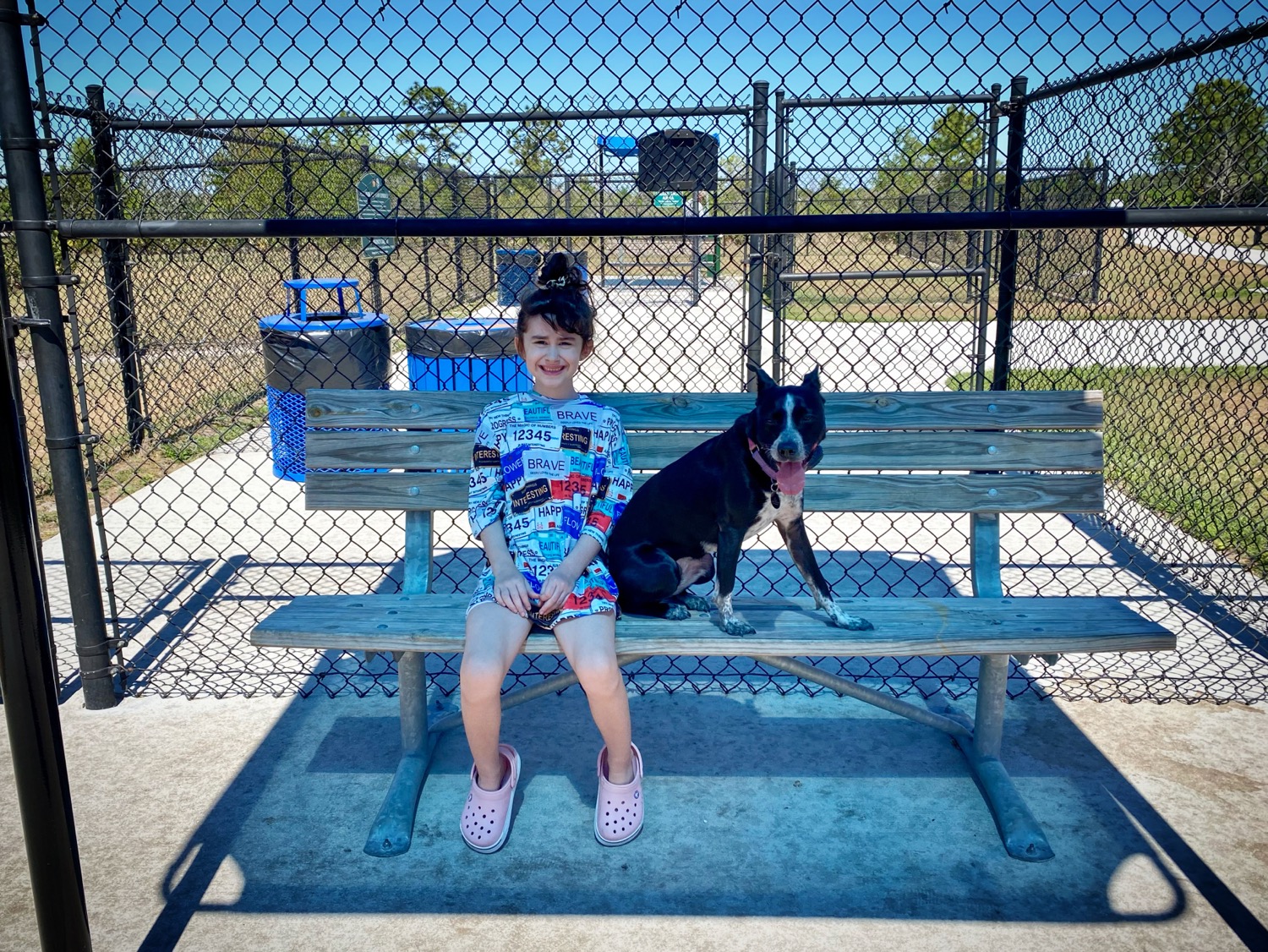Balancing Treats with Praise: The Art of Mixed Reward Training
- Jason Parks
- Oct 17, 2023
- 3 min read
Introduction
Every dog owner wants a well-behaved companion by their side. While there are numerous training methodologies available, a mix of rewards, combining both treats and praise, is often heralded as one of the most effective and holistic approaches. This article delves into the art of mixed reward training and why it should be the go-to for discerning dog owners.
Understanding the Canine Reward System
Dogs, by their very nature, are motivated by rewards. Their brains release dopamine, a pleasure-inducing neurotransmitter, when they anticipate a reward. Whether it's a tasty treat or a heartwarming word of praise, both can stimulate this release. But why use one over the other, when a balance can yield the best results?
The Power of Treats
Immediate Gratification: For a dog, a treat is a tangible and instant reward. It gives them a clear and immediate connection between their action and the reward.
Versatility: Treats can range from store-bought goodies to healthy fruits and vegetables, catering to a dog's dietary needs and preferences.
Effective for Specific Training: Whether it's teaching a new trick or command, the allure of a treat often makes the learning process smoother. The Significance of Praise
Emotional Bonding: Words of praise and physical affection, like petting, foster a deeper emotional connection between the dog and its owner.
Sustainability: Unlike treats, which can lead to overfeeding if not monitored, praise has no caloric content and can be given freely.
Reinforcement of Good Behavior: Dogs often repeat behaviors that earn them attention and affection from their owners. Why a Balanced Approach? • Adaptable Training: Different dogs, or even the same dog in different situations, may respond better to either treats or praise. A mixed reward system offers the flexibility to adapt to these changing dynamics.
Avoiding Overdependence: Solely relying on treats can lead to a dog performing commands only when a treat is in sight. Intermittent reinforcement with praise ensures that the dog obeys even when there's no food reward.
Ensuring Health: Over-reliance on treats, especially those that are not nutritionally balanced, can lead to health issues. A mix of rewards ensures that the dog isn't overfed.
Striking the Right Balance: Practical Tips
Vary the Reward Type: During a training session, switch between treats and praise. This unpredictability keeps the dog engaged and attentive.
High-Value vs. Low-Value Treats: Not all treats are created equal. Reserve high-value treats for more challenging commands or exceptional behavior.
Verbal Affirmations: Words like "good", "yes", or "well done" accompanied by a cheerful tone can be as effective as any treat.
Physical Praise: Apart from verbal praise, dogs also appreciate gestures like head rubs, belly rubs, or a gentle pat. Effective Implementation of Mixed Reward Training
Start with the Basics: When teaching a new command, begin with treats to lure the dog into the desired behavior. Once the dog has grasped the basics, reinforce the behavior with praise.
Gradual Transition: Avoid abruptly switching from treats to praise. A gradual transition ensures the dog remains motivated throughout the training process.
Observe and Adapt: Pay close attention to the dog's response. Some dogs might be more food-driven, while others may place higher value on affection and attention. Adjust the reward balance accordingly. Common Missteps and How to Avoid Them
Timing: Rewards, whether treats or praise, should be given immediately after the desired behavior. This ensures the dog makes a clear connection between its actions and the reward.
Consistency: Ensure that all family members or individuals involved in the training use a consistent reward system to avoid confusing the dog.
Quality Over Quantity: It's not about the number of treats or the volume of praise but the quality and timeliness. Overfeeding or excessive praise without reason can dilute the impact of the rewards.
Conclusion Training a dog requires patience, understanding, and a strategy. A balanced reward system, which combines the tangible benefits of treats with the emotional depth of praise, offers a holistic approach that caters to a dog's physical and emotional needs. Adopting this methodology not only fosters better behavior but also deepens the bond between dog and owner, ensuring a harmonious relationship built on mutual respect and affection.




Comments